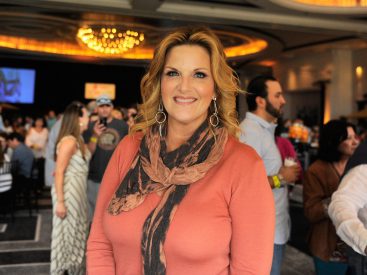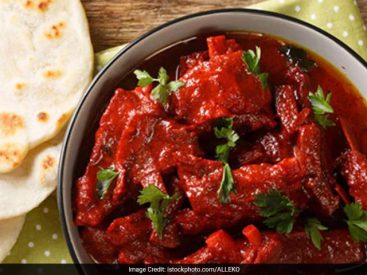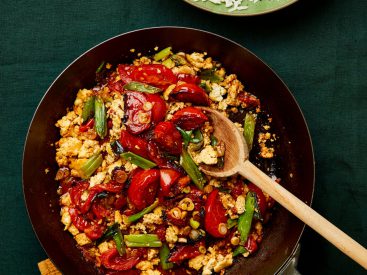We throw out £2.1bn-worth of fresh fruit and veg each year because it’s mouldy, gone soft or is out of date Use your fridge and freezer About £2.1bn-worth of fresh fruit and vegetables is thrown away in UK homes each year because it has gone soft, mouldy or is […]
Click here to view original web page at www.theguardian.com
We throw out £2.1bn-worth of fresh fruit and veg each year because it’s mouldy, gone soft or is out of date
Use your fridge and freezer
About £2.1bn-worth of fresh fruit and vegetables is thrown away in UK homes each year because it has gone soft, mouldy or is out of date.
How fresh produce is stored is key to its fate, and if you stow it in your fridge you will buy yourself more time. Apples, for example, can last for more than 100 days, much longer than in a fruit bowl.
“In my house the only things that are in the fruit bowl are bananas,” says Helen White, a special adviser for household food waste at the sustainability charity Wrap.
But before you start rejigging your fridge, check how cold it is. The average UK fridge is running at 6.6C when it should be below 5C. If you don’t know how to adjust the temperature, the Love Food Hate Waste website has a guide. It also has a handy A-Z of food storage.
Using the freezer “hits the pause button” on food going off says White, before Food Waste Action Week, which starts on Monday.
However, it is important that meat and poultry are defrosted properly before use, she says.
This means getting it out of the freezer and putting it in the fridge the day before, or using your microwave’s defrost setting.
The freezer is a useful tool for single-person households, who waste proportionally more than bigger ones, often because it is harder to buy the right quantities.
White says you should freeze food in portions that “make sense for your household”.
Buy loose fruit and veg
This should get easier because Wrap – which helps shape government policy on sustainability – is advising supermarkets to sell fruit and veg loose.
A study it carried out found plastic wrappers didn’t make food last longer and forced people to buy more than they needed.
You can increasingly find options in big supermarkets and although shopping takes longer, buying this way will help cut both food and plastic waste in your household.
If you have overbought, all is not lost. Limp veg, including carrots, celery and broccoli, can be revived by plunging it into cold water.
Soft apples can be saved by chopping them up and soaking them in juice in the fridge. Fresh herbs will last longer standing in a glass of water in the fridge.
Know your dates
Getting a handle on the difference between the use-by and best before dates on food is vital. Use-by dates are about safety. They must be applied to food that goes off quickly and could cause food poisoning, such as fresh meat and fish or ready-to-eat salads. The product is unsafe to consume after this date. However, you can freeze it right up to and on the day.
Best before is an indicator of quality. Food is still safe to eat after that date but the flavour and texture may not be as good.
However, use-by dates are often found on products, such as milk and yoghurt, where a best before date would do.
But things are starting to change. Morrisons recently switched to best before dates on its milk, encouraging customers to use the “sniff test” to judge if it is OK.
Wrap says supermarkets should drop best before labels on most fresh produce as they are a poor guide to whether it is still good to eat (particularly if it is stored in the fridge).
One in 10 people dump food based on the date; if this is you, think twice if it is something such as fruit and veg – you should be able to make your own judgment.
The “look, smell, taste” logo has been adopted by about 40 brands, including Nestlé, Danone and Onken, to prompt people to check food is bad before binning it. It is part of a campaign by the food waste company Too Good to Go to end date confusion.
Get organised
Menu planning is a really effective way of preventing food waste, says White but she urges people not to set themselves up to fail. “Don’t design a meal plan for seven days with every meal cooked from scratch. Give yourself a day when you are going to have a takeaway or use something from the freezer.”
With the country in the grip of a cost of living crisis, a bit of planning will save money. Wrap estimates that an average family with children bins 244kg of food, or 580 meals, each year, costing £730. For an individual, the estimated waste figure is 69kg, which adds up to £210.
A recent poll revealed one in five consumers wasted food because they “didn’t know what to cook”.
If you have run out of ideas you could order a meal kit box from Gousto, HelloFresh or Mindful Chef. They can help manage waste as the boxes contain only what you need for each dish.
Use technology
These days there are a growing number of apps focused on tackling food waste in and out of the home. Olio, for example, connects people with neighbours so they can redistribute spare food.
Your mobile is also a handy tool for composing shopping lists or to take a picture of inside your fridge or cupboards – dubbed a “shelfie” – so you don’t buy doubles of things you’ve already got.
There are also groups on social media sites where consumers exchange tips on cutting waste.
If you like kitchen gadgets and think you will have time to use them, you could invest in a vacuum storage system. They can be used to preserve all sorts of foods, from avocados to blocks of cheese and pastries, by sucking out all the air around the item so it lasts longer in your fridge, freezer or cupboard.
Lakeland’s Foodsaver kit, which includes a vacuum sealer pump, zipper bags and a box, costs £55, while Zwilling has a larger starter set for £80.
Get creative with leftovers
The Netflix series Best Leftovers Ever! helps viewers see yesterday’s meal remnants through new eyes, as US home cooks battle to create the tastiest dish out of leftovers and win a $10,000 (£7,500) prize.
Closer to home the Love Food Hate Waste website is full of ideas,and you can search its recipes based on foods you need to use up.
Another source of inspiration is the “remix recipe cookbook” on the Too Good to Go website, which has ideas for commonly wasted foods.
Leftovers can also make your life easier if you take your lunch with you to work. It is easy, for example, to scale up a pasta dish or make an extra chicken fajita for the next day. However, when using leftovers it is important to follow food safety guidelines. You should cool them quickly, then cover them and put them in the fridge. They should be eaten within two days. However, if it is rice that drops to 24 hours.



